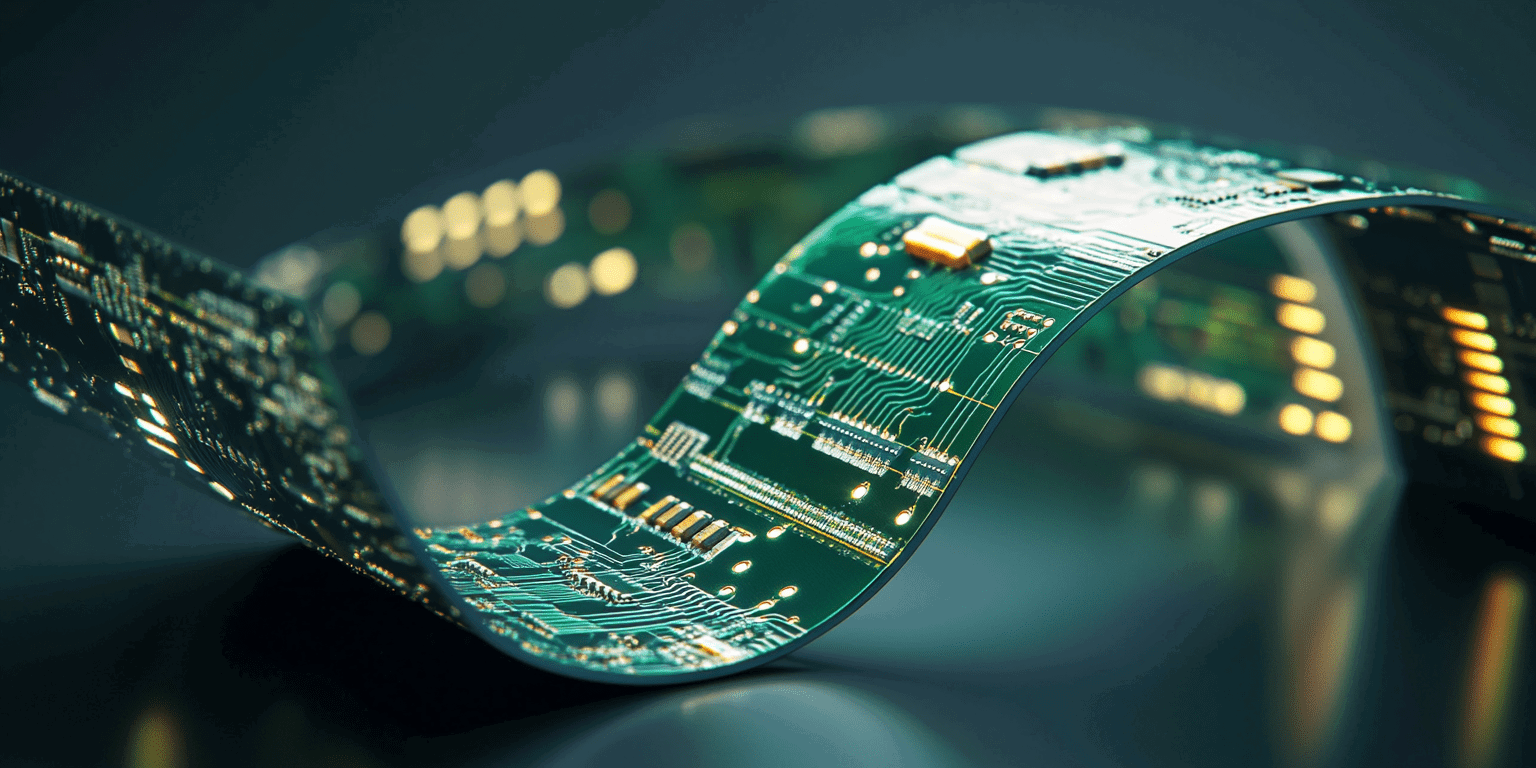The Rise And Impact Of Flexible PCB Electronics

Flexible printed circuit boards are a key factor in the evolution of consumer electronics because they can provide a more flexible alternative to traditional PCBs. The name says flexible, meaning that they can be bent and twisted into different shapes so that they can fit inside small or uniquely shaped devices. These boards are composed of flexible substrates like polyimide that make them bendable and dependable for dynamic applications. These benefits seem to address the issues facing a wide number of industries, from consumer electronics and automotive devices all the way up through medical implants and aerospace systems.
Flexible PCBs may improve overall system usability by decreasing the weight and form-factor of electronic devices while simultaneously enhancing functionality, and quality-related characteristics. Niger and Nahiyan (2021) also agree that "The placement of PCBs is more beneficial in the view to achieve better switching performance, thermal management as well as in taking care of circuit interconnection complexities" (Niger and Nahiyan, 2021). That is why flexible PCBs are an ideal answer to the increasing call for lightweight and small-sized electronic devices on this planet.
Market Overview of Flexible PCBs
The flexible printed circuit board market is a mature one, characterized by sustainable growth due to soaring demand for highly compact and pixel-pitch products. The global flexible PCB market is anticipated to observe noteworthy growth on account of a rise in the applications across consumer electronics, automotive electronics, and industrial electronic sectors as reported by Transparency Market Research (2024).
The demand from the consumer electronics industry, more precisely from smartphones, tablets form factors, and wearable devices, continues to push the market growth. Again, growth in the automotive industry is fueling the market expansion as flexible PCBs find applications in advanced driver assistance systems (ADAS), infotainment, and other electronic components of a vehicle. Besides, increasing application of flex PCBs in medical devices, specifically with apparatuses such as pacemakers and hearing aids, is another key factor that helps drive growth.
Flexible PCB Advancements and Evolutionary Impact
Flexible PCB materials have come a long way and are now part of the new era in engineering applications for modern flexible PCB manufacturers. It can also be seen from the above example that flexible displays/sensors are one such development, which largely depends on FPCBs. Their applications extend to power computers with a twist, roll up TVs, and health monitoring wearables that reshape the ways in which consumers interact.
Indeed, flex-printing was only made possible on the 3D printing process, only witnessed through this means of making numerous electronic components more compact and personalized. Niger and Nahiyan (2021) assert that, "3D printing has not only provided 3D integration of PCB creating complex electronic structures but also opened the scope for more miniaturization coupled with functional customization" (Niger and Nahiyan, 2021). Such advancements will hold significant value in the example of aerospace or automotive, for which lightweight and compact components are essentials for fuel efficiency and performance.
Flexible PCBs are also an essential component of the burgeoning Internet of Things (IoT) collective, which has been driving demand for wearable and IoT devices that require minuscule yet powerful electronics. Their versatility and simplicity in use are why they have been the go-to option for IoT devices that can be easily deployed within several different locales, especially various applications.
To conclude, today flexible printed circuit boards have become a game changer in the world of engineering. They have some properties that contrast with those of usual materials, and their advancement brought new prospects regarding electronic device design across industries. With advancing technology, FPCBs are likely to further make more relevant changes in the future of electronics and will be the key to unlocking new horizons for innovation.
References
Niger, T. & Nahiyan, R.A., 2021. Design of PCB Manufactured Low Cost Flexible Embedded Electronic Devices. International Journal of Computer Applications, 174(16), pp.17-20. doi:10.5120/ijca2021921050.
Transparency Market Research, 2024. Flexible Printed Circuit Board Market: Global Industry Analysis and Opportunity Assessment. [online] Available at: https://www.transparencymarketresearch.com/flexible-printed-circuit-board-market.html [Accessed 2 August 2024].
Related Articles

How 3D Printing Drives Continuous Improvement Across Industries






